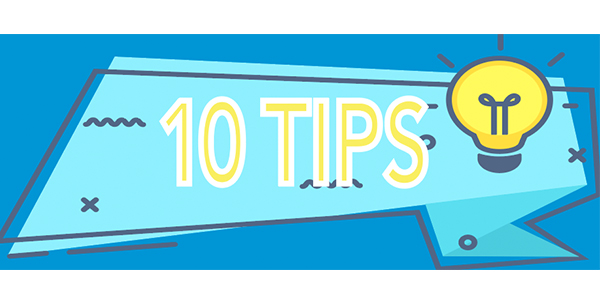From The Editor: Expectation v. Reality – Being A Tech Is Still A Dirty Job
Tech students, it’s time for a reality check.
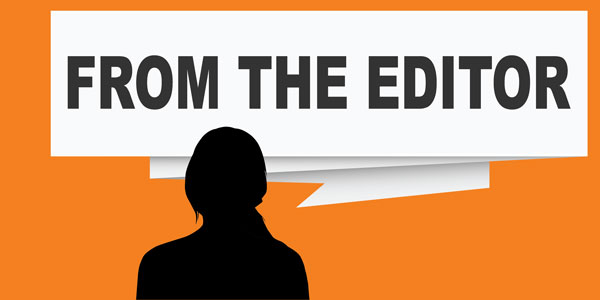
Diagnosing Wheel Bearings, Locking Hubs
There are a number of automatic hub designs and not all are capable of engaging while the vehicle is in motion.
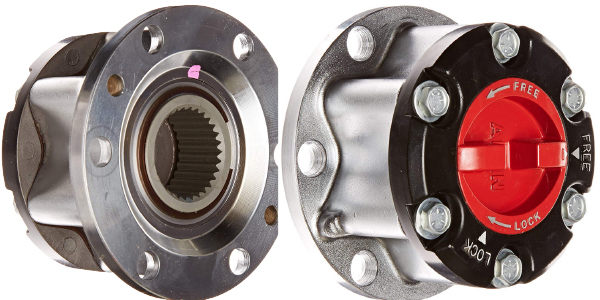
Active Suspension Systems: Diagnosing Electronic Shocks And Struts
We’ve all heard the term “Active Suspension,” but a shock or strut doesn’t really go anywhere – so what makes it “active?”

Dual Clutch Transmission Diagnostics
The dual-clutch – or as some drivers call them “flappy paddle” – gearboxes have garnered a bad reputation.
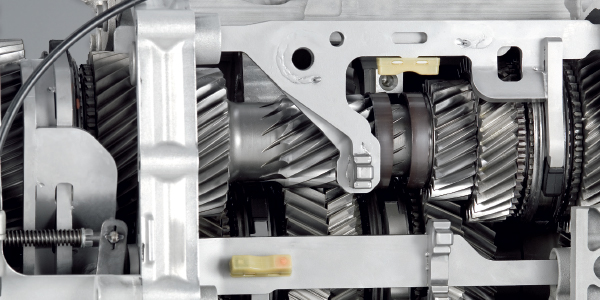
Undercar Reflash: Stop Waiting, Wondering
At last count, more than 800 TSBs have been issued concerning reflashing or reprogramming over the past five years.
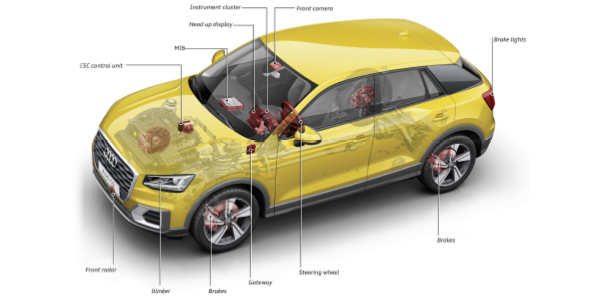
TPMS Radio Frequency Theory And Operation
A typical wheel-mounted TPMS sensor will transmit data about tire pressure and temperature. Newer, tire-mounted models can also gauge acceleration and, in some cases, the direction that the wheel is spinning.

VIDEO: What Happens When Shocks And Struts Lose Their Oil And Gas
What wears out on a shock or strut is the fluid and gas inside and the seals that keep the ingredients inside. Andrew Markel explores how the fluid and gas can escape and what happens to the stability of the vehicle.
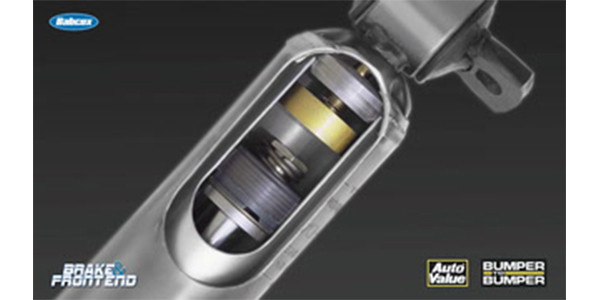
Aluminum Suspension Service: What You Don’t Know Can Hurt You
From Audi to Toyota, import nameplate manufacturers are using more aluminum for suspension components. An aluminum component is as strong or stronger than steel or cast iron but what sets aluminum apart is how it fails.
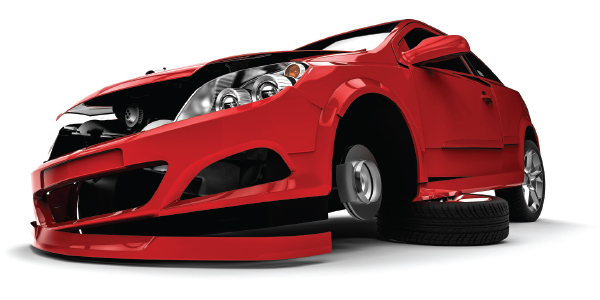
Wheel Bearing Technology: Don’t Become Complacent
Wheel bearings are changing because the vehicles they are attached to and the brake rotors located on the other side are evolving. This has changed the designs and specifications for most bearings.
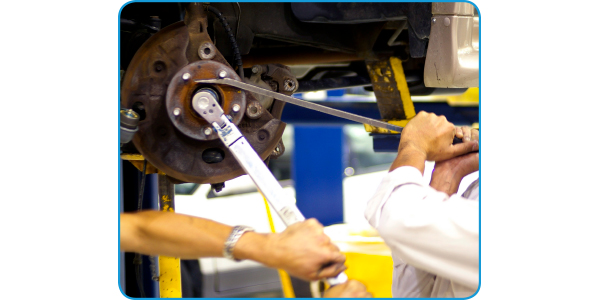
10 Alignment Tips To Help You See Past The Angles
Suspension angles are dynamic. As the body moves, the camber, caster and toe will change in the front and rear. OEMs tune these angles for the best tire wear and stability at a set ride height. If a spring is weak or missing a coil, the alignment angles will be off from these calculations.
